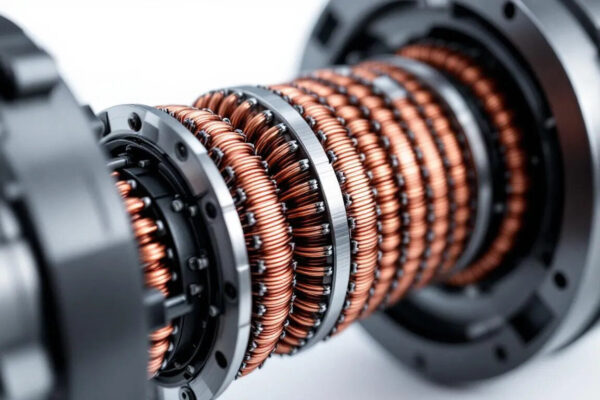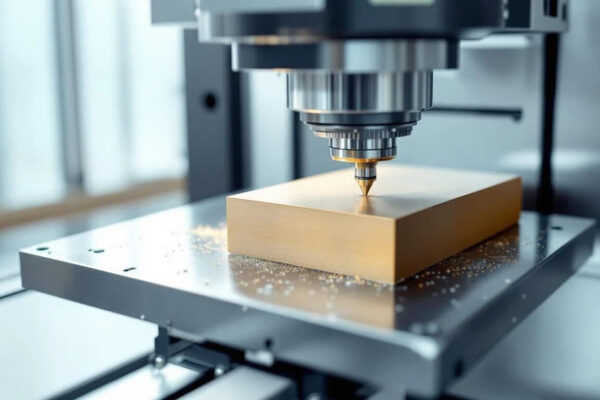Key Takeaways
- EMS winding goods include custom medical transformers, high-frequency transformers, toroidal and coaxial coil structures, and magneto/ignition coils—delivered as verified subassemblies with testing and documentation.
- In clinical power systems, a medical transformer focuses on reinforced insulation, creepage/clearance, leakage current control, and low EMI. Encapsulation and overmoulding enhance durability in high-humidity or cleanability-critical environments.
- High-frequency transformers (planar or ferrite) minimize losses using litz wire, interleaving, optimized coupling, and low-profile cores—important for compact SMPS and medical/industrial chargers.
- Different coil architectures address different technical requirements: toroidal coils for low stray fields, coaxial coils for reduced parasitics in RF systems, or classic bobbin inductors for filtering and energy storage.
- When evaluating EMS partners, capability checklists (materials, insulation system, test methods, documentation depth) provide a more objective benchmark than brand searches.
- From medical devices to EV chargers and ignition systems, the chosen winding strategy influences thermal performance, EMC behavior, and long-term reliability.
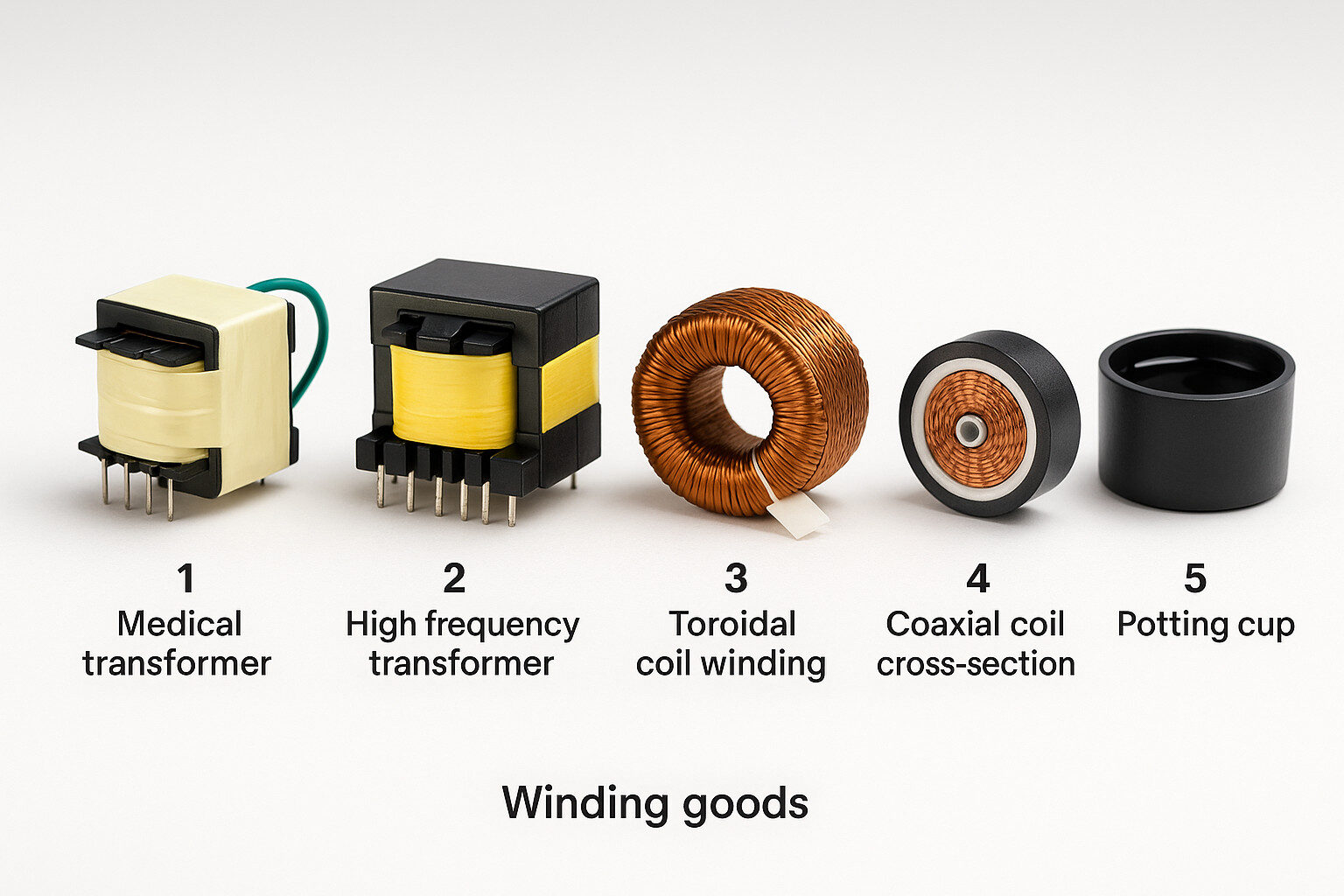
What Counts as “EMS Winding Goods”?
“Winding goods” refers to magnetic or inductive components delivered as ready-to-use subassemblies. This typically includes:
- Medical transformers
- High-frequency transformers
- Inductors (bobbin/self types)
- Chokes
- Toroidal coil winding assemblies
- Coaxial coil structures
- Magneto/ignition coils
An EMS partner manufactures and verifies these components, integrates pins, leadframes, or harnesses, performs potting or overmoulding when required, and ships the parts prepared for final electrical assembly.

Medical Transformer: Safety by Design
A medical transformer is designed to isolate patient-accessible or operator-accessible circuits. Key design practices include:
- Reinforced insulation systems
- Controlled leakage current
- Adequate creepage and clearance
- Thermal class and derating selection
- Documentation for traceability
Potting or overmoulding protects windings from humidity, cleaning agents, vibration, and mechanical stress.
Typical tests include: hipot, partial discharge, temperature rise, leakage current, and load-based functional testing.

High-Frequency Transformers for SMPS
High-frequency transformers use ferrite cores to operate efficiently at elevated switching frequencies. Good design practice includes:
- Interleaved windings for lower leakage inductance
- Litz wire to reduce skin-effect losses
- Optimized bobbin or planar layouts for creepage/clearance
- Low-profile cores for compact charger or converter designs
Potting cups or overmoulding may be applied to improve mechanical stability, acoustics, and environmental robustness.
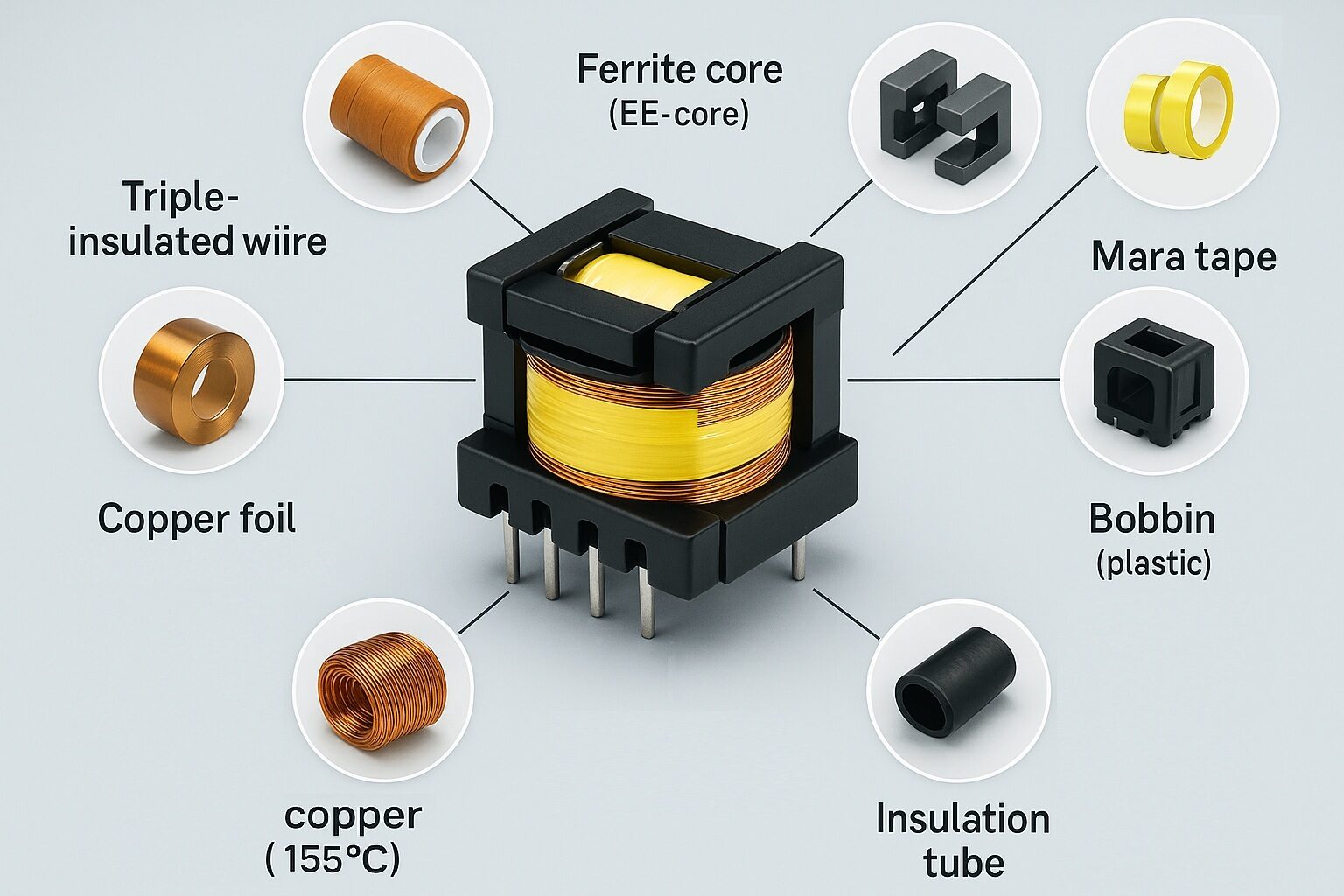
Coil Architectures: Toroidal, Coaxial & Bobbin Inductors
Toroidal Coil Winding
- Efficient magnetic path
- Typically low stray fields
- Suitable for noise-sensitive power conditioning
Coaxial Coil
- Concentric conductor geometry
- Reduced parasitic capacitance and external field emission
- Applied in RF coupling, sensors, and precision medical interfaces
Bobbin Inductors (“Bobine Self”)
- The French term bobine self refers to a standard inductor
- Used for filtering, buck/boost stages, and energy storage
- Construction depends on EMI, footprint, and loss considerations
Magneto Coil Winding Services
Ignition and flywheel systems require high turn counts, mechanically secure windings, and robust insulation.
Key considerations:
- Thermal class and enamel selection
- Impregnation or resin systems
- Secure terminations
- Endurance testing (surge, thermal cycling, vibration)
Potting and overmoulding help protect the coil against oil, fuel, moisture, and mechanical shock.
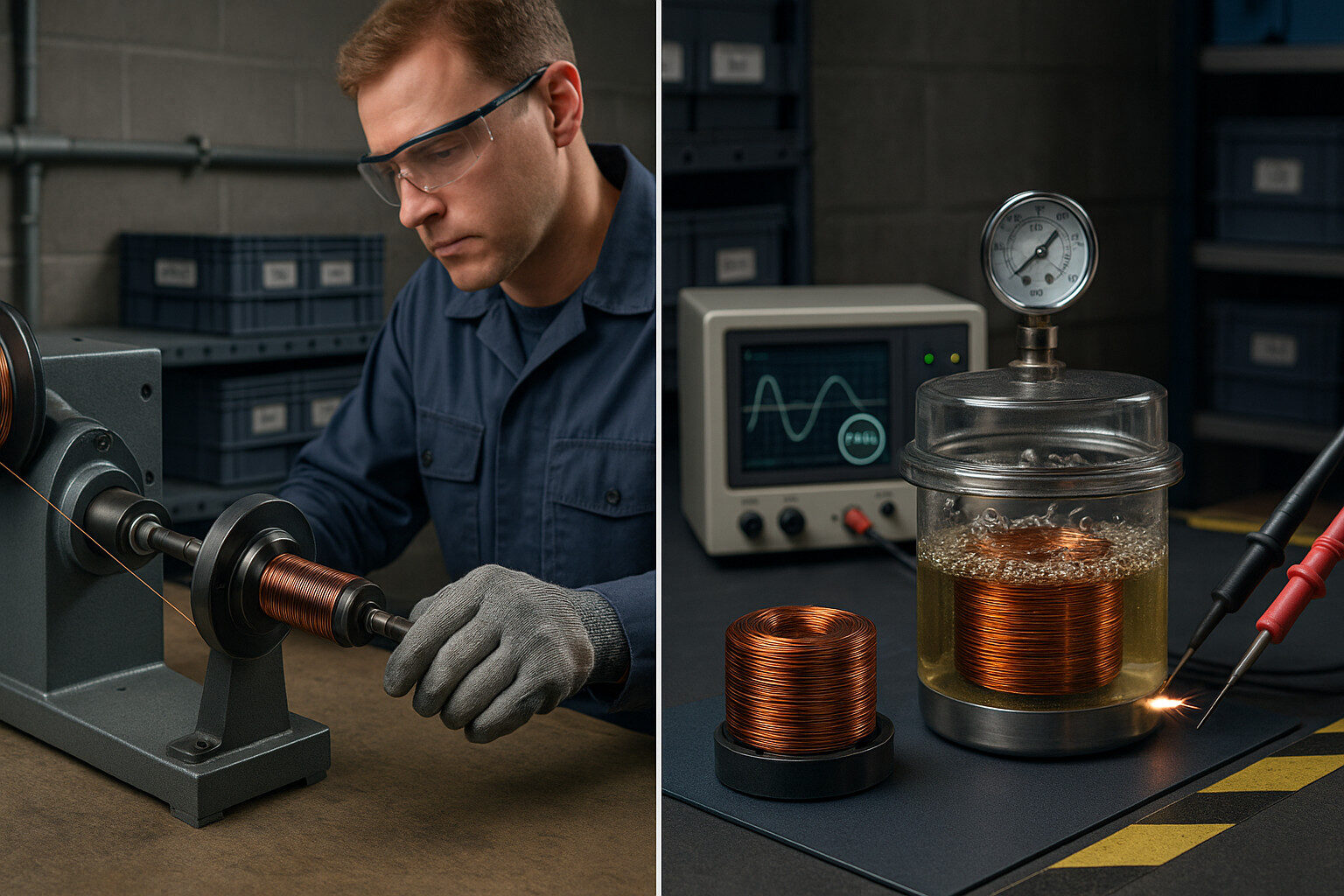
Overmoulding for Durability & Cleanability
Overmoulding encapsulates the winding pack and terminals in protective polymer. Potential benefits include:
- Improved cleanliness and chemical resistance for medical or outdoor environments
- Moisture resistance
- Strain relief
- More stable creepage paths
- Vibration damping
Specification Quick-Start
| Item | What to Specify | Why It Matters |
|---|---|---|
| Core & format | EI/EE/EC, toroid, planar, ferrite grade | Losses, profile, magnetic behavior |
| Windings | Turns, wire type (litz/round/foil), interleave, toroidal or coaxial structure | Coupling, copper loss, parasitics |
| Insulation | System class, tapes, bobbin, creepage/clearance | Safety, lifetime |
| Encapsulation | Potting vs. overmoulding, resin type | Moisture, vibration, acoustics |
| Test plan | HiPot, surge, PD, Rdc, L/Q, temp rise, EMC screens | Acceptance, production control |
| Regulatory | Target end-standard (e.g., medical insulation rules) | Ensures compliance from the start |
Comparing EMS Suppliers (Search Tips)
Engineers sometimes search terms like “able coil & electronics” when benchmarking suppliers.
Regardless of brand or naming, evaluate measurable capabilities:
- High-frequency transformer design experience
- Toroidal coil winding capability
- Coaxial coil structures
- Magneto/ignition coil winding
- In-house potting or overmoulding
- Traceability, PPAP/FAI (if required), and documented test plans
Request a sample DFM/DFx package, golden samples, and test reports for objective comparison.
Buyer’s Checklist
- Define the application (medical transformer, charger, ignition, RF coil, etc.) and electrical limits.
- Specify winding format (toroidal, planar, EI/EE, coaxial) and material selections.
- Choose encapsulation (potting or overmoulding) and environmental testing.
- List required tests: HiPot, PD, L/Q, Rdc, surge, functional, serialization, CoC.
- Define integration needs: leads, pins, harnesses, PCB footprint, mechanical mounting.
Frequently Asked Questions
Q1. What’s the difference between a power inductor and “bobine self”?
A: “Bobine self” is simply the French word for an inductor. Both perform the same function—storing energy and filtering current ripple.
Q2. When should I choose a toroidal core over an EI/EE core?
A: Toroidal windings generally exhibit lower stray fields and good efficiency. EI/EE cores are often chosen when bobbins, segmented chambers, or standardized creepage distances are required.
Q3. Why use a coaxial coil?
A: Coaxial coils reduce external fields and parasitics, supporting stable high-frequency behavior in RF, sensing, or wireless-power applications.
Q4. What advantages can overmoulding provide?
A: Overmoulding improves environmental resistance, strain relief, vibration damping, acoustic behavior, and the cleanliness of the finished assembly.
Q5. Do you provide magneto coil winding services?
A: Yes. Requirements typically include turns, wire gauge, thermal class, resin type, surge profile, and endurance testing conditions.
TPS Elektronik manufactures custom medical transformer assemblies, high-frequency transformers, toroidal and coaxial coil structures, and magneto/ignition coils.
Services include potting/overmoulding, serialization, and documented electrical testing.
Share your specification or send a reference sample for evaluation or reverse-engineering.


